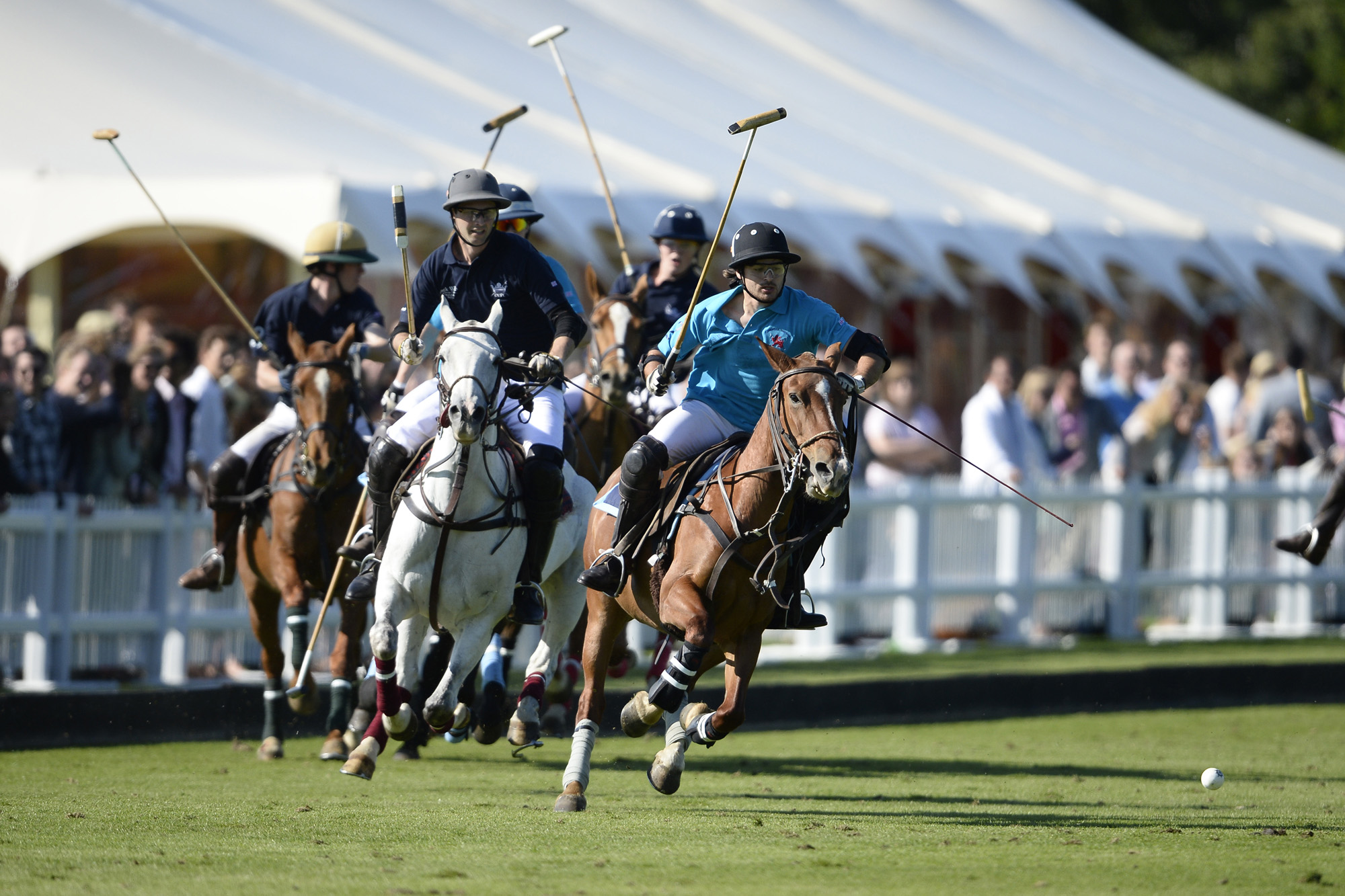How to play polo
- Introduction to Polo
- Understanding Polo Rules: Part 1
- Understanding Polo Rules: Part 2
Introduction to Polo
Recognizing Key Game Positions in Polo

Equestrian team sport.
Polo is a team sport that requires a high level of coordination and understanding between players. Each player has a specific role to play, and understanding these roles is crucial to understanding the game itself. In this article, we will delve into the key game positions in Polo and their respective roles and responsibilities.
The Four Positions
A Polo team consists of four players, each assigned a specific position numbered from 1 to 4. These numbers are not indicative of the players' skill levels but rather their roles on the field.
-
Position 1: This is the most forward position on the field. The primary role of the player in Position 1, often referred to as the "attack" or "striker," is to score goals. This player must have excellent ball-handling skills and a keen sense of timing to convert opportunities into goals.
-
Position 2: This player is also an attacking player but with more defensive responsibilities than Position 1. The player in Position 2 must be aggressive and quick, supporting Position 1 in scoring goals while also disrupting the opposing team's plays.
-
Position 3: Often considered the most crucial position, the player in Position 3 is the tactical leader of the team. This player must have a deep understanding of the game and excellent field vision to direct plays and distribute the ball effectively. The player in Position 3 is often involved in both offensive and defensive plays.
-
Position 4: Known as the "back" or "defender," the player in Position 4 has the primary responsibility of preventing the opposing team from scoring goals. This player must have strong defensive skills and the ability to make long, accurate shots to clear the ball from their goal area.
Skills and Attributes for Each Position
Each position in Polo requires a unique set of skills and attributes. Position 1 players must be agile and have excellent ball control and shooting skills. Position 2 players need to be aggressive and quick, with the ability to transition between offense and defense swiftly.
Position 3 is often the most experienced player on the team, with a deep understanding of Polo strategy and excellent communication skills to direct their team's plays. Lastly, Position 4 players need to be strong defenders with the ability to make accurate long-distance shots.
The Importance of Teamwork and Coordination
While each player has a specific role, Polo is a team sport, and success depends on the players' ability to work together effectively. Good teams have a high level of understanding and coordination between players, allowing them to anticipate each other's moves and work together to outmaneuver their opponents.
In conclusion, understanding the key game positions in Polo provides a deeper insight into the game's strategies and dynamics. Each position has a unique role to play, and the best teams are those that can bring these roles together into a cohesive unit.